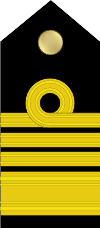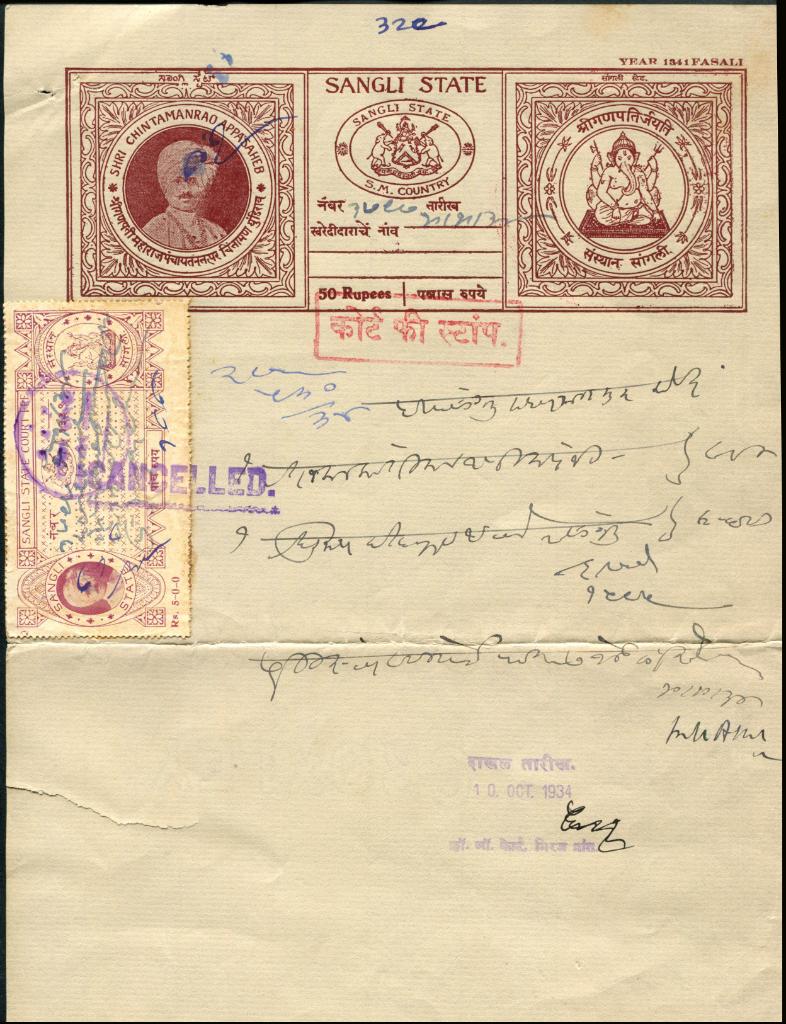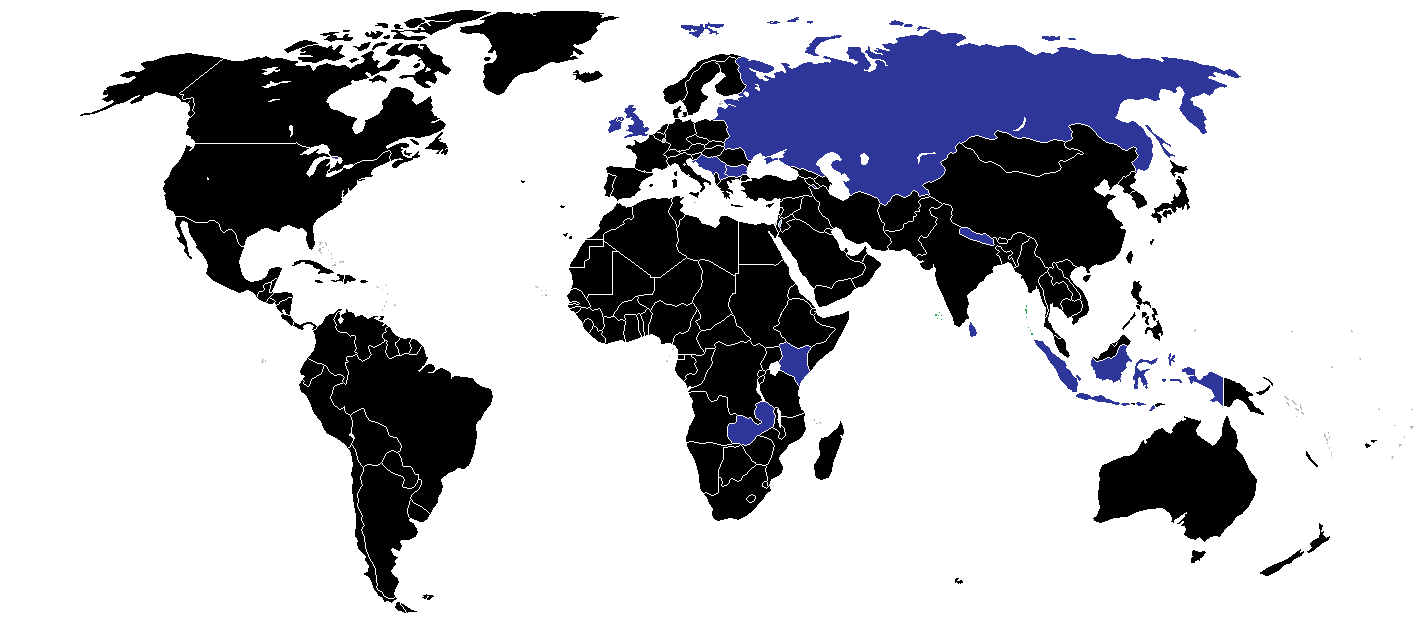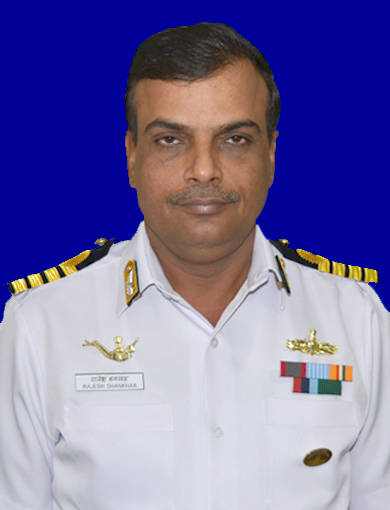|
B.S. Soman
Admiral Bhaskar Sadashiv Soman (30 March 1913 – 8 February 1995) was an Indian Navy Admiral. He was in command of the Indian Navy from 1962 to 1966 as the 5th Chief of the Naval Staff (CNS). Early life Soman was born in Gwalior, the capital of the eponymous princely state. He received his early education at the Indian National Congress' Tilak Vidyalaya and at a school in Sangli State. Career He subsequently entered the Royal Indian Marine (RIM), and following initial training on the training ship ''T/S Dufferin'', was selected for officer training in the United Kingdom in 1932. He was appointed a sub-lieutenant in the RIM on 1 September 1934, and was promoted to lieutenant on 1 September 1937. During World War II, Soman was promoted to acting lieutenant-commander on 29 April 1944, and to the permanent rank of lieutenant-commander on 1 September 1945. During the war, he served in various shore establishments and in the service's Landing Craft Wing. Soman was promoted to the ... [...More Info...] [...Related Items...] OR: [Wikipedia] [Google] [Baidu] |
Admiral (India)
Admiral is a four-star naval flag officer rank in the Indian Navy. It is the highest active rank in the Indian Navy. Admiral ranks above the three-star rank of vice admiral and below the five-star rank of admiral of the fleet, which has never been awarded or held. An admiral may be referred to as a full admiral or four-star admiral to distinguish them from lower flag officer ranks like vice admiral and rear admiral. The rank is held by the Chief of the Naval Staff (CNS), the professional head of the Indian Navy, since 1968. The rank may also be held by the Chief of Defence Staff (CDS) if the holder is a serving Indian Navy flag officer. Admiral Adhar Kumar Chatterji was the first Indian officer to hold the rank of full admiral. The current Chief of the Naval Staff (CNS) and only full admiral in the Indian Armed Forces is Admiral R. Hari Kumar. The equivalent rank in the Indian Army is general and in the Indian Air Force is air chief marshal. Insignia The flag of an ... [...More Info...] [...Related Items...] OR: [Wikipedia] [Google] [Baidu] |
Sangli State
Sangli State was one of the 11-gun salute Maratha princely states of British India. It was under the Kolhapur-Dekkan Residency in the Bombay Presidency, and later the Deccan States Agency. The Principality of Sangli covered an area of 2,880 square kilometers and had a population of 226,128 in 1901, while the population of the town itself was 16,829 in that year. The capital of the state was Sangli. The city derives its name from ''"Saha Galli"'' ("Six Lanes" in Marathi). History Sangli was part of Maratha Empire, for it had been one of the Southern Maratha Jagirs. However, there are no direct references mentioning Sangli before 1801. During the time of Chhatrapati Shivaji, Sangli, Miraj and surrounding areas were captured from the Mughal Empire. Until 1801, Sangli was included in the Miraj Jagir. The First Chintamanrao Appasaheb Patwardhan established a different principality with Sangli as the capital city. On 5 May 1819 Sangli State became a British protectorate. Its terr ... [...More Info...] [...Related Items...] OR: [Wikipedia] [Google] [Baidu] |
Ajitendu Chakraverti
Rear Admiral Ajitendu Chakraverti was a Flag Officer in the Indian Navy. He served as the second Indian Flag Officer Commanding Indian Fleet, succeeding Rear Admiral Ram Dass Katari. He was the first Indian to be promoted to the high rank of Commodore in the Royal Indian Navy. Naval career Dufferin and early career The Indian Mercantile Marine Training Ship (IMMTS) '' Dufferin'' was established in 1927 to train young men for India's marine service. Chakraverti was in the second batch of Indian cadet-entry officers to join the ''Dufferin'' in 1928. He completed the course earning the Viceroy's gold medal in 1930. The future Chief of the Naval Staff Bhaskar Sadashiv Soman was his batchmate. They would have a healthy rivalry throughout their careers. In 1930, Chakraverti joined the Royal Indian Marine (RIM) as a cadet. He was trained in the United Kingdom for three years, among which he spent on the lead ship of her class of monitors and the heavy cruiser . He was appointed a ... [...More Info...] [...Related Items...] OR: [Wikipedia] [Google] [Baidu] |
Adhar Kumar Chatterji
Admiral Adhar Kumar Chatterji (4 March 1914 – 6 August 2001) was an Admiral in the Indian Navy. He served as the 6th Chief of the Naval Staff, from 4 March 1966, until 28 February 1970. He was the first Indian officer of the navy to hold the rank of full Admiral. He is credited with the transformation of the Indian Navy. He made sweeping changes and restructured the navy, creating the Western and Eastern Naval Commands and the Western Fleet. Under him, the Indian Navy also entered the submarine age, with the commissioning of in 1967. Early life Chatterji was born in Dacca on 22 November 1914. He attended the Presidency College (as a graduating student of the University of Calcutta), graduating in 1933. The same year he saw a notice at the college about the relaxation of entry criteria for the Royal Indian Marine. He applied for and topped the Federal Public Service examination. Naval career Early career Chatterji was one of the first Indian cadet-entry officers to join ... [...More Info...] [...Related Items...] OR: [Wikipedia] [Google] [Baidu] |
Neelam Sanjiva Reddy
Neelam Sanjiva Reddy (; 19 May 1913 – 1 June 1996) was an Indian politician who served as the sixth President of India, serving from 1977 to 1982. Beginning a long political career with the Indian National Congress Party in the independence movement, he went on to hold several key offices in independent India — as Deputy Chief minister of Andhra state and the first Chief Minister of United Andhra Pradesh, a two-time Speaker of the Lok Sabha and a Union Minister— before becoming the Indian president. Born in present-day Anantapur district, Andhra Pradesh, Reddy completed his schooling at Adayar and joined the Government Arts College at Anantapur. He quit to become an Indian independence activist and was jailed for participating in the Quit India Movement. He was elected to the Madras Legislative Assembly in 1946 as a Congress party representative. Reddy became the deputy chief minister of Andhra State in 1953 and the first Chief Minister of Andhra Pradesh in 1956. He wa ... [...More Info...] [...Related Items...] OR: [Wikipedia] [Google] [Baidu] |
Ram Dass Katari
Admiral Ram Dass Katari (8 October 1911 – 21 January 1983) was an Indian Navy Admiral who served as the 3rd Chief of the Naval Staff (CNS) from 22 April 1958 to 4 June 1962. He was the first Indian to hold the office and succeeded the last British officer to the post, Vice Admiral Sir Stephen Hope Carlill. A member of the first batch of cadets to attend the Indian Mercantile Marine Training Ship Dufferin, he earned the Viceroy's gold medal and joined the Hooghly River Survey of the Calcutta Port Commissioners. In 1939, he joined the Royal Indian Naval Reserve and served on board the ''HMIS Sandoway''. He then served at the gunnery school HMIS Dalhousie, the boys' training school ''HMIS Bahadur'' and was an instructor at HMIS Machlimar. At the end of the war, he commanded . After the Independence of India, he commanded and the naval force during the Indian integration of Junagadh. In 1948, he served as the executive officer of the flagship . Promoted to acting Captai ... [...More Info...] [...Related Items...] OR: [Wikipedia] [Google] [Baidu] |
Vice Admiral (India)
Vice admiral is a three-star flag officer rank in the Indian Navy. It is the second-highest active rank in the Indian Navy. Vice admiral ranks above the two-star rank of rear admiral and below the four-star rank of admiral, which is held by the Chief of the Naval Staff (CNS). The equivalent rank in the Indian Army is lieutenant general and in the Indian Air Force is air marshal. Officers in the rank of vice admiral hold important appointments at the naval commands and at the naval headquarters. History Admiral Ram Dass Katari was the first Indian to be promoted to the rank of Vice admiral. On 22 April 1958, he took over as the first Indian Chief of the Naval Staff (CNS) and promoted to the substantive rank of Vice Admiral. From 1948 to 1968, the appointment of CNS, the professional head of the Indian Navy was held by a vice admiral. The position of the CNS was upgraded from vice admiral to admiral in 1968. The first officer to hold the rank was Admiral Adhar Kumar ... [...More Info...] [...Related Items...] OR: [Wikipedia] [Google] [Baidu] |
Rear Admiral (India)
Rear admiral is a Two-star rank, two-star flag officer rank in the Indian Navy. It is the third-highest active rank in the Indian Navy. Rear admiral ranks above the one-star rank of Commodore (India), commodore and below the three-star rank of Vice Admiral (India), vice admiral. The equivalent rank in the Indian Army is Major General (India), major general and in the Indian Air Force is Air Vice Marshal (India), air vice marshal. History Admiral (India), Admiral Ram Dass Katari was the first Indian to be promoted to the rank of Rear admiral. In 1954, while serving as the Deputy Chief of the Naval Staff (India), Deputy Commander-in-Chief, in the absence of Rear Admiral Mark Pizey, he officiated as the Chief of the Naval Staff (India), Commander-in-Chief in the rank of rear admiral. On 12 March 1956, Katari was promoted to the acting rank of Rear Admiral. On 2 October 1956, he was confirmed as a substantive rear admiral and became the first Indian officer to be appointed the Flag ... [...More Info...] [...Related Items...] OR: [Wikipedia] [Google] [Baidu] |
Chief Of Personnel (India)
The Chief of Personnel (COP) in the Indian Navy is a senior appointment in the rank of Vice-Admiral. As a Principal Staff Officer (PSO) at Naval Headquarters (NHQ), the COP is responsible for personnel-related matters. The present COP is Vice-Admiral Suraj Berry, who was appointed on 1 April 2023. History At the time of Independence of India, the COP was one of five PSOs at Naval headquarters. The appointment was held by an officer of the rank of Captain. On 24 September 1956, the appointment was upgraded to the rank of Commodore Commodore may refer to: Ranks * Commodore (rank), a naval rank ** Commodore (Royal Navy), in the United Kingdom ** Commodore (United States) ** Commodore (Canada) ** Commodore (Finland) ** Commodore (Germany) or ''Kommodore'' * Air commodore ... (Second Class). The directorates of personnel services, training education, medical services, judge advocate general and the supply branch were under the COP. In 1965, the appointment was further upgra ... [...More Info...] [...Related Items...] OR: [Wikipedia] [Google] [Baidu] |
Captain (Indian Navy)
Captain is a rank in the Indian Navy. Captain ranks above the rank of Commander and lower than a Commodore. It is equivalent to colonel in the Indian Army and group captain in the Indian Air Force. Terminology An officer in command of any warship is informally referred to as "the captain" on board, even if holding a junior rank. The formal title is ''Commanding officer'' (CO). Destroyers and frigates afloat were grouped into squadrons, which was commanded by the Captain (D) and Captain (F) respectively. Apart from operational command of the squadron, he also commanded the lead ship of the squadron. To distinguish the rank from the junior rank of captain in the Indian Army, the term ''Captain (IN)'' is used. History On 21 July 1947, Commanders HMS Choudri and Bhaskar Sadashiv Soman were promoted to the acting rank of Captain, the first Indians to attain the rank. Soman was appointed Chief of Personnel in this rank. After the partition of India, Choudri opted to join the Pakista ... [...More Info...] [...Related Items...] OR: [Wikipedia] [Google] [Baidu] |
Commander
Commander (commonly abbreviated as Cmdr.) is a common naval officer rank. Commander is also used as a rank or title in other formal organizations, including several police forces. In several countries this naval rank is termed frigate captain. Commander is also a generic term for an officer commanding any armed forces unit, for example "platoon commander", "brigade commander" and "squadron commander". In the police, terms such as "borough commander" and "incident commander" are used. Commander as a naval and air force rank Commander is a rank used in navies but is very rarely used as a rank in armies. The title, originally "master and commander", originated in the 18th century to describe naval officers who commanded ships of war too large to be commanded by a lieutenant but too small to warrant the assignment of a post-captain and (before about 1770) a sailing master; the commanding officer served as his own master. In practice, these were usually unrated sloops-of-war of no ... [...More Info...] [...Related Items...] OR: [Wikipedia] [Google] [Baidu] |




